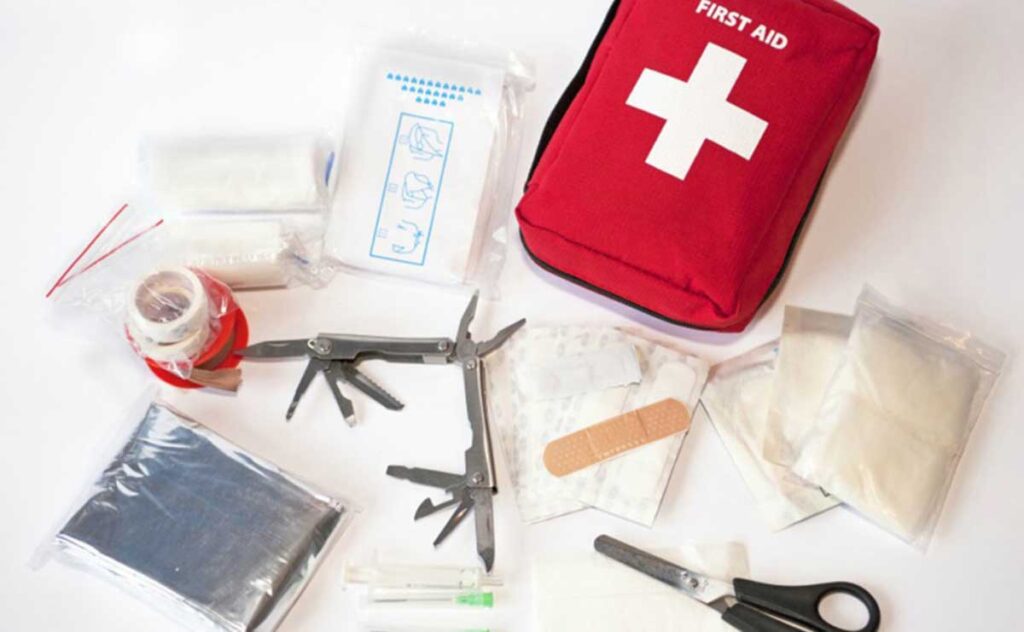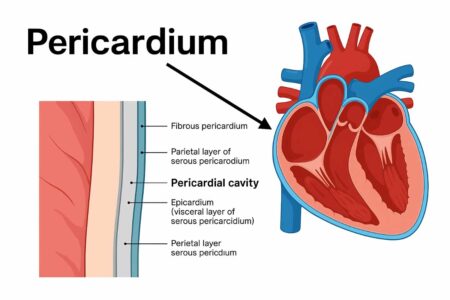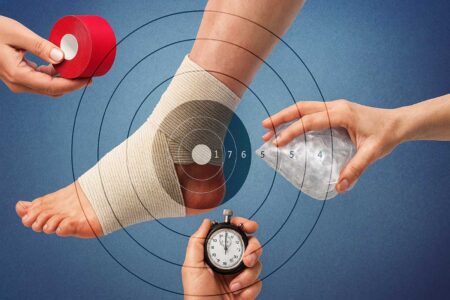In the realm of unforeseen circumstances, being equipped with basic first aid knowledge can be the difference between life and death. Emergencies can strike anytime, whether at home, work or in public spaces. From minor cuts and burns to more severe incidents like cardiac arrests or choking, having the skills to respond effectively is paramount.
The Vital Role of CPR Certification
Central to any first aid training is Cardiopulmonary Resuscitation (CPR). CPR is a lifesaving technique used in emergencies to manually keep blood and oxygen flowing through the body when the heart and breathing have stopped. It’s a skill that can be learned and mastered through CPR certification courses.
CPR Certification: This represents the cornerstone of first aid training. CPR certified means being equipped with the knowledge and skills to administer CPR confidently and effectively. Such certification courses are widely available through reputable organizations, including the American Red Cross and the American Heart Association.
Why CPR Certification Matters
- Immediate Response: During a cardiac arrest, every second counts. Having CPR certification means being able to react promptly initiating CPR until professional medical help arrives. Studies have shown that the likelihood of survival decreases by 7-10% for every minute without CPR.
- Empowering Communities: CPR certification isn’t just for healthcare professionals. It empowers individuals within communities to step up and provide crucial assistance during emergencies. A certified individual can make a life-saving difference at home, in the workplace, or in public spaces.
- Confidence in Action: CPR certification instills confidence in one’s ability to respond effectively during emergencies. Knowing the proper techniques and procedures reduces hesitation, ensuring a swift and efficient response when it matters most.
- Comprehensive Training: CPR certification courses often cover a range of first aid techniques beyond CPR alone. Participants learn how to assess emergencies, administer CPR to adults, children, and infants, use automated external defibrillators (AEDs), and manage choking incidents.
Preparing for the Unexpected
While CPR certification is a crucial aspect of first aid training, it’s essential to be prepared for various emergencies. Basic first aid knowledge can prove invaluable in a wide range of situations:
- Treating Wounds: Understanding how to clean and dress wounds properly can prevent infections and promote faster healing.
- Managing Burns: Knowing how to cool and cover burns effectively can minimize pain and reduce the risk of complications.
- Dealing with Choking: Learning the Heimlich maneuver can help dislodge objects blocking the airway and prevent suffocation.
- Recognizing Stroke Symptoms: Recognizing the signs of a stroke and acting swiftly can minimize long-term damage and improve outcomes.
Conclusion
Being equipped with first aid knowledge and CPR certification can be lifesaving in emergencies. Whether administering CPR during a cardiac arrest or providing basic care for cuts and burns, the ability to respond effectively can make all the difference. Investing in CPR certification prepares individuals to act decisively in emergencies and fosters safer and more resilient communities as a whole.






